Free Tropical Runtz seeds on orders over $150!
Getting the most out of your cannabis harvest is critical if you want excellent yields and superior quality. In this post, we will look at approaches and tips for increasing your marijuana productivity, from strain selection to improving your growing environment. So, let’s explore the world of cannabis cultivation!
Marijuana cultivation is growing plants for various purposes, such as medical, recreational, or industrial use. Cannabis plants are annual flowering plants that belong to the Cannabaceae family. They have different strains, sexes, and life cycles, depending on their genetic makeup and environmental elements. To grow cannabis successfully, you need to provide the plants with the optimal conditions of light, air, water, and nutrients. You also need to choose the right seeds, growing medium, and equipment for your desired outcome. You may also need to train, prune, and harvest the plants at the right time to maximize their yield and quality.
When it comes to cannabis production, seed selection is critical to ensuring the quality, productivity, and overall success of your harvest. The genetics of the seeds you pick have a direct impact on the plant’s growth characteristics, cannabinoid profiles, scent, and taste. As a result, spending the time to research and choose the appropriate strains is critical to achieving the desired results. Here are some elements to consider when choosing a cannabis strain:
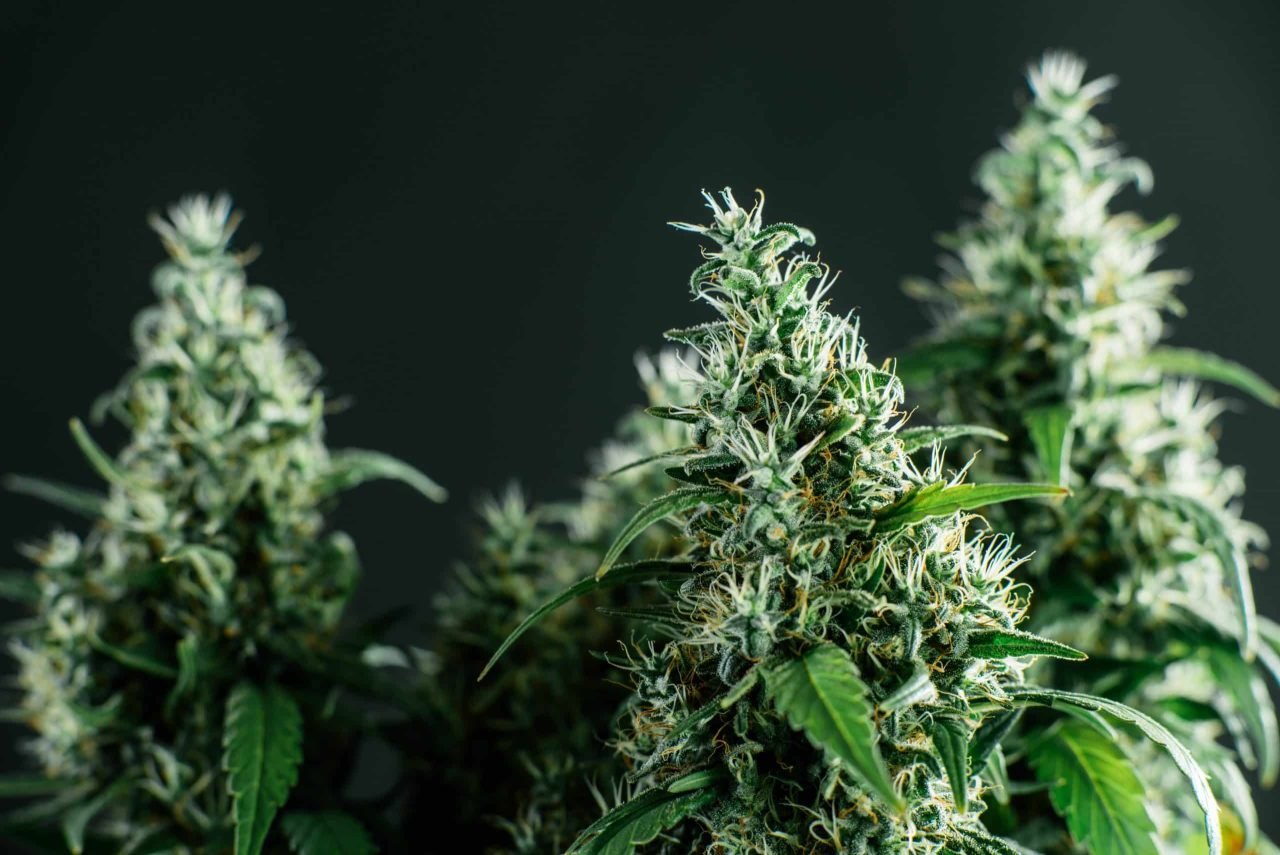
Soil preparation is crucial for successful cannabis cultivation. Here are some steps to prepare the soil before planting your cannabis seeds:
When producing cannabis, proper lighting is vital. The sun’s natural light provides the greatest illumination. It has the ideal combination of UV rays that plants require, and the closer you get to the equator, the better the rays become. Cannabis requires enough light to create healthy plants and buds. On average, marijuana plants need twelve hours of darkness every day to blossom. Furthermore, the more light your marijuana plants get, the better and stronger they grow, resulting in bigger harvests.
Light cycles, such as the light cycle chart, are an important part of cannabis illumination. Cannabis plants require particular amounts of light and darkness for vegetative development to initiate the growth and blooming processes. Cannabis plants usually need 18 hours of light and 6 hours of darkness when vegging, with a 12/12 light spectrum cycle necessary during the blooming stage. Maintaining constant light cycles throughout the development phase is critical for reducing stress and ensuring healthy, productive plants.
Effective cannabis nutrition management is critical to avoiding deficiencies or toxicities that can harm plant health and productivity. Understanding the importance of various nutrients and using effective nutrient management procedures allows farmers to encourage robust development and maximize the potential of their marijuana plants. In addition, there are several factors to consider, including the type of nutrients, the quantity, the frequency, the pH, and the water quality. Here are some key secrets about nutrient management for your marijuana plants:
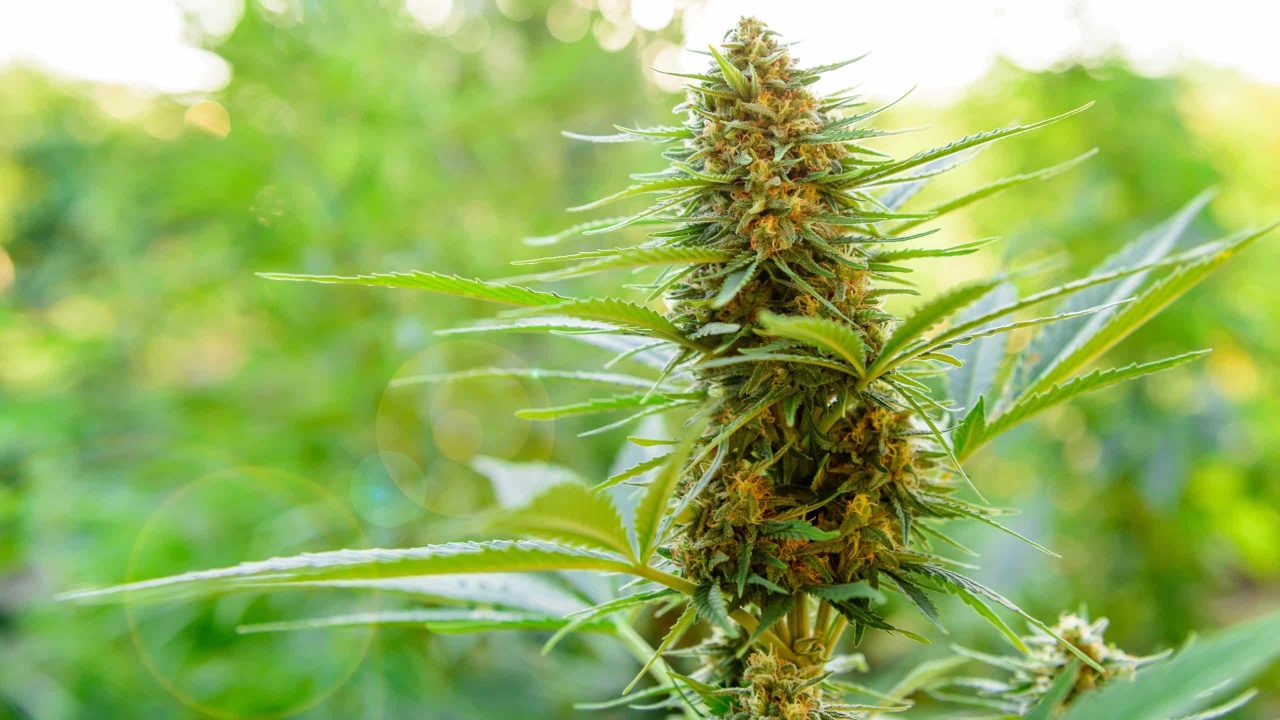
Cannabis cultivation requires precise control over environmental factors to achieve optimal growth and high-quality yields. Whether you’re growing indoors or in a greenhouse, here are the key climate conditions to consider:
Keep nightly temperatures between 68 and 70°F, and strive for maximum daytime temps of 85°F. Cooler temperatures stimulate root infections, whereas, over 90°F, the plant enters survival mode. Avoid excessive temperature swings, which exacerbate crop issues like powdery mildew. Aim for a maximum temperature differential of 10 degrees between the coolest and warmest parts of the day.
Marijuana grows well in humid conditions, although it is not ideal for flower production. Cannabis plants flourish in surroundings with 55% to 80% relative humidity (RH) in the vegetative stage and 50% to 65% RH during blooming.
Aim for a daily light integral (DLI) of at least 30, which translates to an average light intensity of 300 to 700 micromoles during vegetative development and up to 1,200 micromoles during blossom. Some types thrive under higher light levels, while it might be harmful to others. Acclimatization is critical for developing a good crop under high light conditions; gradually expose plants to greater light over a seven- to ten-day period.
Aim for an EC of.75 to 1.0 for seedlings and rooted cuttings and up to 2.0 EC for vegetatively developing plants. During blooming, growers often keep the EC below 3.5. There are currently no widely agreed standards for cannabis cultivation; therefore, the ideal range will vary according to substrate, grower skill, and environment.
Create an environment that can do at least five air exchanges per hour, preferably more in humid settings. Too much airflow may cause nutrient absorption difficulties and spider mite infestations, while too little may increase the crop’s susceptibility to fungal illnesses. Avoid directing circulation fans directly at the plants since mechanical damage from high winds can reduce yields.
The significance of correct watering procedures in cannabis growing cannot be emphasized. Water is a key ingredient that has a direct impact on cannabis plants’ development and general health. Cultivators may use the correct irrigation strategies to enhance nutrient uptake, avoid disease and pests, and maximize production potential. Finding the right balance is essential when watering cannabis plants. Cannabis overwatering might lead to root rot and other fungal infections, limiting plant development or even death. Conversely, underwatering can cause nutritional deficits and stress, both of which damage the plant’s immune system. Understanding how much water your marijuana plants require at each step of their life cycle, as well as employing the right procedures, such as frequently checking soil moisture levels and utilizing suitable irrigation systems, can ensure healthy development from seedling to harvest.
Proper watering procedures are required for optimal cannabis production. Understanding your plants’ water requirements is critical for maintaining their health and maximizing production. Here are some crucial aspects to consider while watering cannabis:
As a general guideline:
Adjust your watering approach two weeks before harvest and begin flushing your soil. Pour a generous quantity of room temperature, nutrient-free water over your grow medium to flush it. Wait a few minutes for the water to absorb the surplus nutrients before flushing it again. During this period, the plant will absorb any nutrients that are remaining. You’ll get better taste nugs and less harsh smoke if you flush out nutrients and only use pH-balanced, filtered, room-temperature water for the last two weeks. Some individuals are opposed to flushing, but most growers will tell you that it is necessary.
Marijuana harvesting is a crucial stage in the cultivation process, as it determines the quality and quantity of your final product. However, many pitfalls can ruin your hard work and reduce your yield and potency. Here are some of the most common ones and how to dodge them:
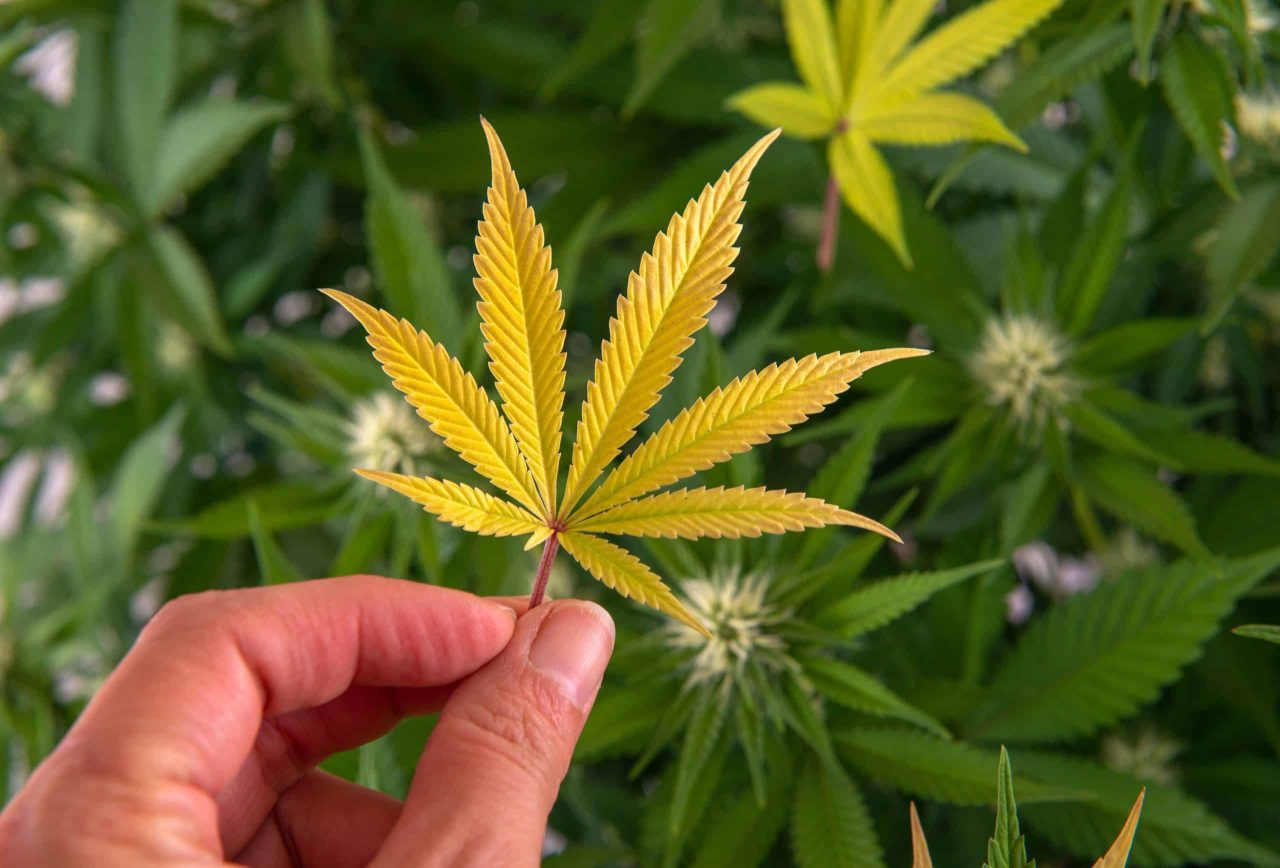
Pruning cannabis is simply the process of removing portions of a plant. If the grower can remove these parts in little and exact amounts, the plant will become stronger. Pruning is akin to grooming. A specific number of leaves are going to die during a marijuana plant’s life cycle. Their prompt removal may save your cannabis plant from squandering precious resources on decaying limbs. These leaves do not die fast, so cutting them early might save your plant weeks of unnecessary labor.
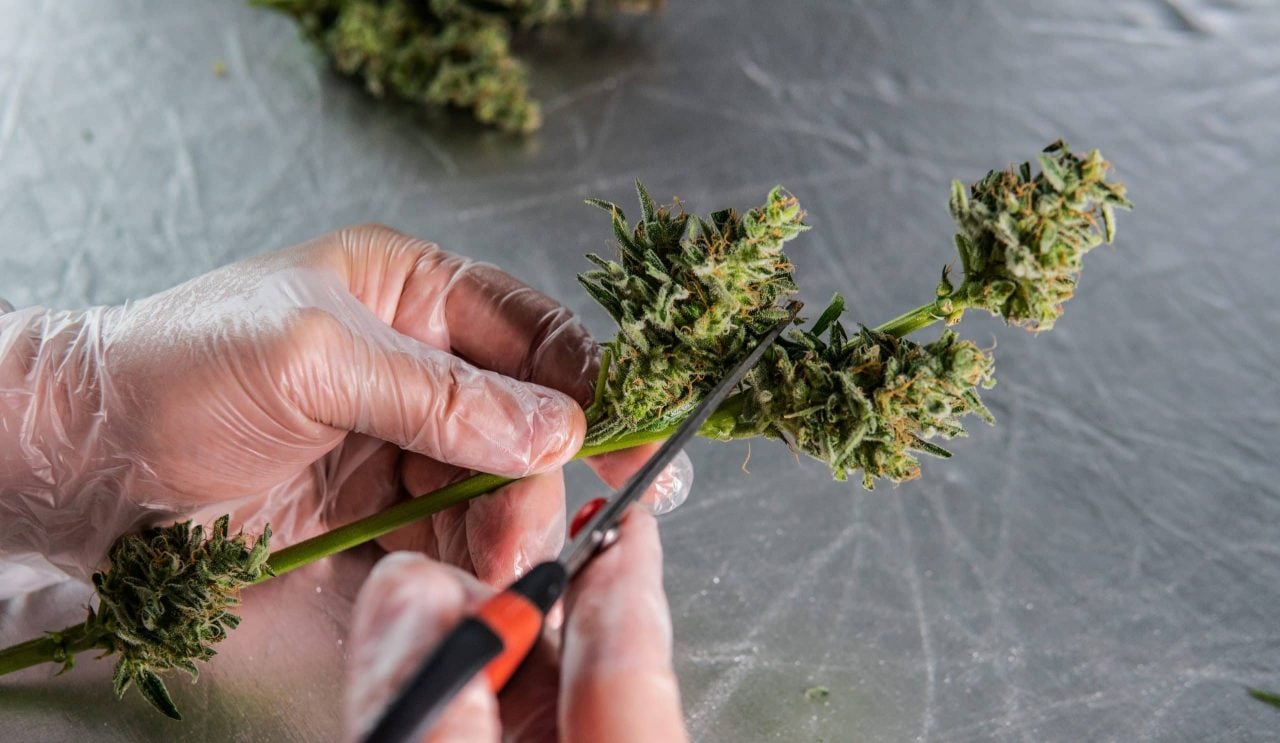
It also allows more sunlight to reach the tiny leaves near the plant’s base and improves air movement. When you prune cannabis, it allows the plant to focus on more vital things, such as the remaining healthy leaves or the growth of new leaves. Your plant can develop more quickly and create more chlorophyll. As a result of more effective resource usage, the marijuana plant will grow bigger and healthier.
Pruning cannabis plants can begin as early as the second week of growth. At that point, your plant will have multiple internodes and you’ll be able to observe how it’s developing. If you’re cultivating an Indica plant, give it another week because it develops more slowly than Sativa does. Since growth continues until the third week of flowering, you can prune until the second week of blooming. This allows your cannabis plants time to recuperate. They will always require a few days to recuperate from a pruning operation.
Topping improves your marijuana plant’s access to sunlight or grow light. This is especially crucial if you have an indoor grow space, as your light is restricted (and more expensive) than natural sunshine. Topping marijuana plants entails chopping off the primary shoot at the top, which promotes the growth of other shoots and branches. Overgrowth will transform the plant’s overall shape into a downward-facing cone. A single developing branch may generate a bigger individual cola, but topping the plant results in four colas that can absorb the most light intensity. When you top a marijuana plant, the entire plant receives more light. Benefits of cannabis topping include:
Fimming is the process of partially removing a plant’s newest shoot. When finished, it produces four major buds rather than one. A fimmed cannabis plant is broader and not as tall as a regular plant. It also has more exposed leaves, allowing more light to be absorbed. While the technique can cause some harm to the plant, most recover well, making it an effective means of improving output. This strategy is extremely effective outside and is the key to the massive outdoor plants. It also works for indoor plants; however, it is more convenient to utilize many plants to ensure that no light is wasted. The advantages of fimming are:
Lollipopping is a pruning technique that reduces your plants’ lower growth to encourage greater bud development at the top. Eliminating competing growth directs energy to the primary kola locations. This strategy is especially effective in settings without side lighting to reach the bottom portions of the plant. Most gardeners feel that lollipopping should occur during the vegetative period. Do it gradually or all at once, but do it a few weeks before you start the 12 hours of light/12 hours of darkness. The fundamental concept behind lollipopping is to eliminate the highly shadowed sections of the plant, forcing the plant to focus on generating bigger colas. The benefits of lollipopping include:
Knowing when the best time to harvest your high-value crops can be nerve-racking. However, harvest time can be difficult for many producers because the ideal time to harvest varies depending on the strain. Most high-value products, like fruit, become more powerful the longer they are stored. This may be both beneficial and negative, depending on the end-user outcome you want from your product. Some strains can be almost too powerful if you wait too long to harvest, while others may be insufficiently potent.
Determining the ideal time to harvest marijuana is a skill. The most common way is still to use the marijuana plant’s pistils and trichomes.
The principle is simple: examine the trichomes on your plant’s buds. Trichomes develop on the buds and resemble miniature mushrooms since they have a small ball on top. Some of the trichomes are resin glands. They will form a crystalline structure or seem frosty as they develop on your plants’ leaves and buds. Trichomes are accountable for the stickiness of cannabis plants. They also store a large amount of THC and other recreational compounds. Harvesting based on trichomes determines when those trichomes have the highest THC amount. This is tough to detect with the naked eye. Thus, having a magnifier will help. In addition, this technique is usually considered the most accurate, so it’s a great idea to know what you’re searching for, including:
The pistil technique is a simple approach in which gardeners utilize the coloration of the plant’s pistils, which are hair-like female organs, to estimate the optimal harvest time. Pistils begin white and become orange, crimson, or brown as the plant grows. When the majority of the pistils change color, the plant will be ready.
Pistils might change color early due to environmental factors such as excessive humidity, so bear this in mind while utilizing the pistil technique.
Another technique to determine when it’s time to harvest is to understand the predicted flowering period for your specific strain. You may often discover internet articles and information on other growers who have grown the same strain you are cultivating, as well as reviews of when to harvest them. As a basic guideline, below are some of the most common strains and when they should be harvested depending on their blooming cycle:
There are many innovations and trends in the cannabis industry, such as precision agriculture, drones, remote sensing, automated systems, AI-driven crop monitoring, data analytics, and micropropagation. These technologies can enhance product quality, increase efficiency, promote sustainability, and overcome challenges in cannabis farming. However, you don’t require much in the way of equipment to harvest cannabis. Here are other essential tools you need for the cannabis harvest phase to go smoothly:
When it comes to cannabis cultivation, soil pH is one of the most important elements to consider. The potential of hydrogen (pH ) is an estimate of the acidity or alkalinity of soil or water. The pH scale goes from zero (most acidic) to fourteen (most alkaline). It is critical to recognize that soil and water pH levels might vary based on the area and kind of soil utilized. In general, cannabis plants thrive in slightly acidic soil with a pH of 6.0-7.0. If the pH is too high or too low, the cannabis plant will be unable to absorb the necessary nutrients for growth. As a result, your cannabis plants may have nutrient deficiencies, reduced development, and other difficulties.
The ideal pH range for cannabis development is slightly acidic to neutral, usually between 6.0 and 7.0 in soil-based culture. Hydroponic growing systems often require a somewhat lower pH range of 5.5 to 6.5. Within this range, marijuana plants may absorb nutrients and sustain healthy metabolic processes. It’s also crucial to remember that pH preferences might differ slightly depending on the weed strain and growing stage. Furthermore, monitoring and regulating pH levels ensures that cannabis plants get the nutrients they need at each stage of growth (seed to harvest).
Maintaining the optimal pH for cannabis enhances both your growing pleasure and the success of your endeavor. The significance of optimal hydrogen levels translates into the advantages of maintaining them. Let’s go a little deeper.
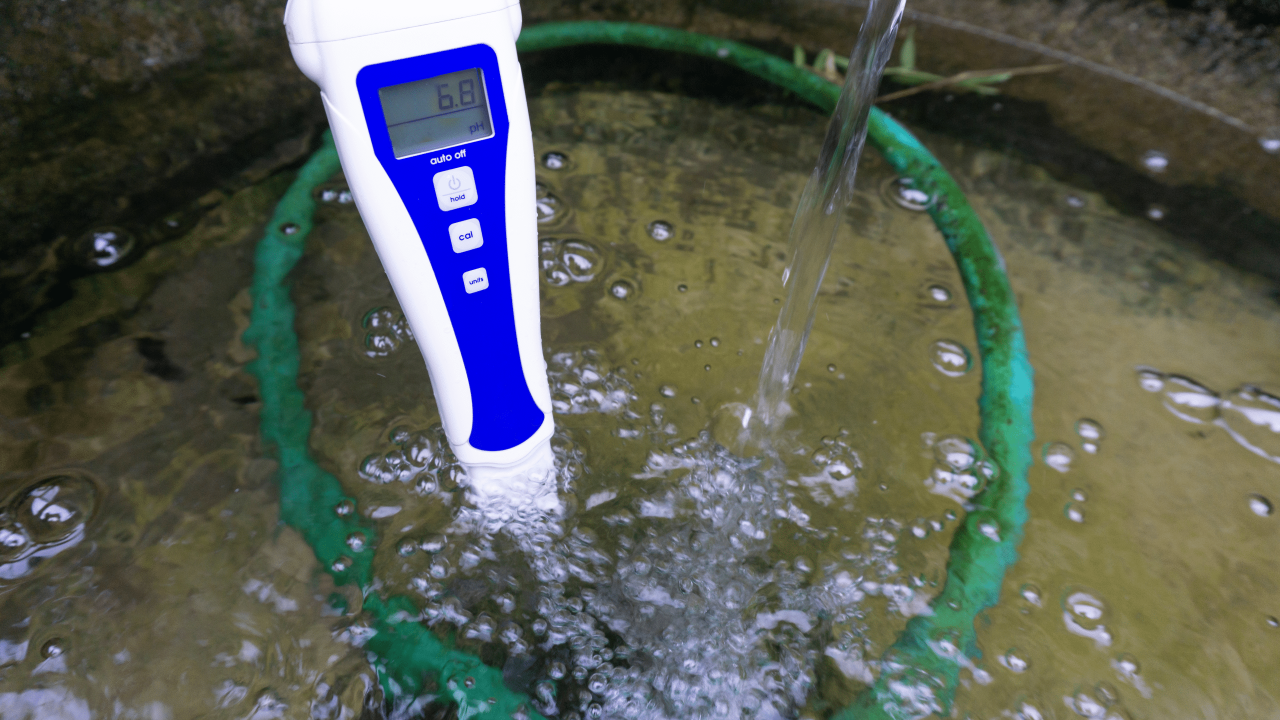
Cannabis nutrient deficiencies, burns, and lockouts may make it difficult to keep your plants fed and healthy! Proper acidity levels allow the cannabis plant to absorb whatever you and the natural world are supplying. It receives enough NPK and other nutrients to grow through vegging and blooming and emerge coated in sticky colas on the other side. Of course, the likelihood of developing a burn or deficit is never zero. Many of the plant health issues are simply caused by a pH imbalance. As a result, avoiding that imbalance puts you in a safer situation.
Cannabis requires large quantities of nitrogen for vegetative development. When it flowers, its phosphorus requirements increase dramatically. Without these ingredients in abundance, it cannot realize its full potential.
Nutrient lockout causes stunted development, which affects more than just plant height. It also influences the size of your future yield, often as early as vegging. The optimal pH for cannabis encourages your crops to produce branches, bud sites, and sugar leaves. Ultimately, the yields get thicker, stickier, aromatic, and plentiful.
The stomata are the pores that allow your cannabis plants to breathe. The plant uses them to capture carbon dioxide from the atmosphere during a process known as photosynthesis. This technique is utilized by algae, some bacteria, and plants to collect light energy before converting it to chemical energy. When you cultivate cannabis inside, your plants receive light from light bulbs rather than sunshine for outdoor settings. They absorb artificial light and convert it into sugar and oxygen. While the oxygen is released back into the environment, the plant consumes the necessary sugars to thrive.
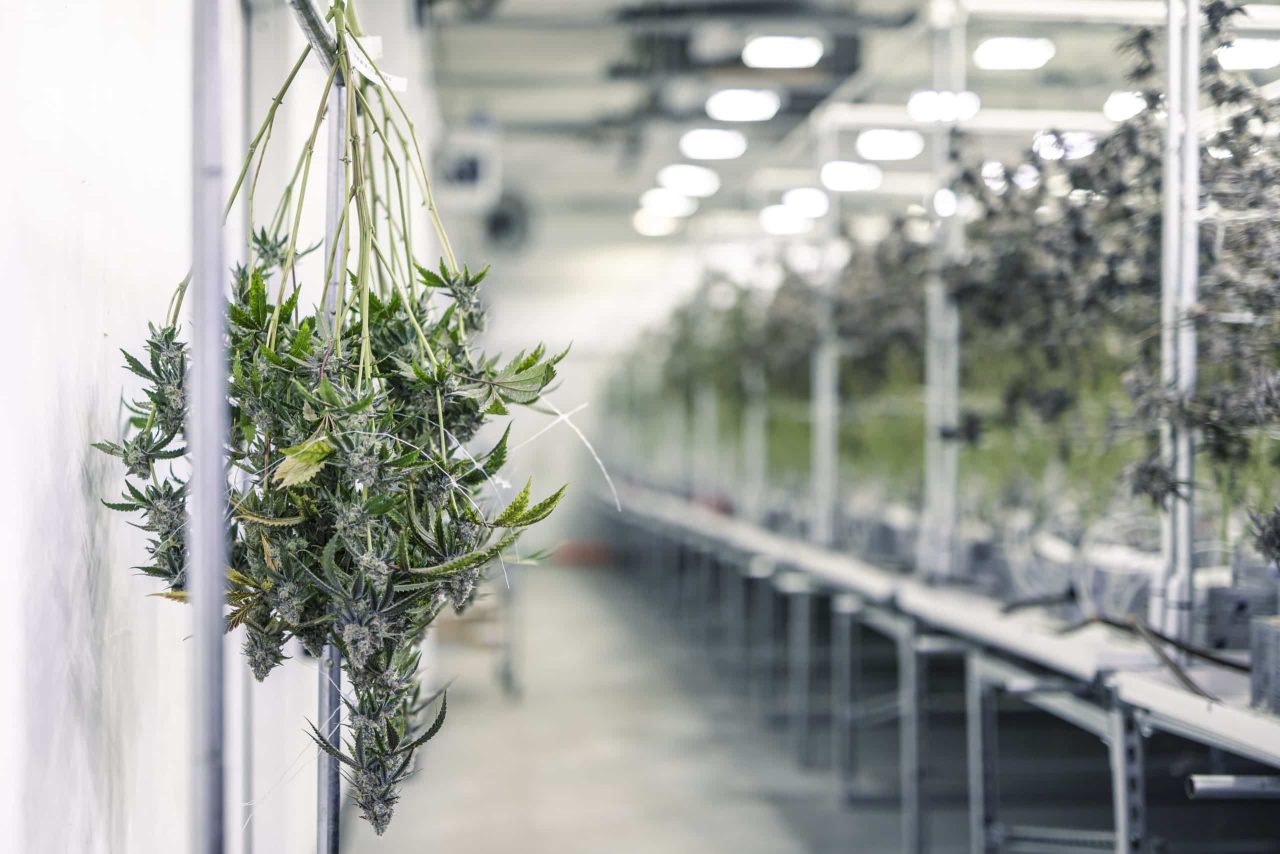
When you increase the CO2 levels in your grow room, your plants produce more energy. That is, as long as you provide adequate light for them. Although illumination is necessary, you will only achieve the optimum outcomes once you increase CO2 levels. The situation changes if you use more light than your cannabis garden can normally absorb. In such situation, adding more carbon dioxide is worthwhile since it increases photosynthesis. You’ll notice a difference when your plants produce more energy from the same quantity of light. This simple step should repay you with increased growth and yield size.
Nurturing a sustainable cannabis growing space is a rewarding and eco-friendly way to grow your own plants. There are numerous benefits to using sustainable practices in marijuana cultivation, such as conserving water, improving soil health, reducing energy consumption, and promoting biodiversity. Here are some tips on how to nurture a sustainable cannabis garden:
Curing is a crucial biological procedure that brings out the finest qualities in your flowers. After air-drying, airtight containers are utilized for wicking away any leftover moisture from the stem to the flower’s outer surface; gently arrange your flowers in jars or containers to prevent compaction, and shut the lids for a few hours. If you notice that the blooms at the bottom feel moist again, gently reposition the cannabis buds so that the ones from the bottom are now on top, and repeat this procedure until the buds no longer feel moist after the jar has been closed for a day or more.
Indica strains develop and decrease rapidly in terms of quality and short-term storage conditions. Given the same storage circumstances as Indica-dominant strains, Sativa frequently improves after many months and maintains its kick for an extended time. Exposure to light, temperature variations, air exposure, and whether or not they were properly dried and cured are all factors that will accelerate the degradation of stored buds. Glass mason jars are still effective for preserving buds at their prime when stored away from light and kept at or below 65°F. Cannabis enthusiasts may look for customized bud humidors, storage containers, or bags that can control the interior humidity of their stash.





Offers
This product is not for use by or sale to persons under the age of 18. This product should be used only as directed on the label. It should not be used if you are pregnant or nursing. Consult with a physician before use if you have a serious medical condition or use prescription medications. A doctor’s advice should be sought before using any hemp products. All trademarks and copyrights are property of their respective owners and not affiliated with nor do they endorse this product. These statements have not been evaluated by the FDA. This product is not intended to diagnose, treat, cure or prevent any disease. By using this site you agree to follow the Privacy Policy and all Terms & Conditions printed on this site. All products contain less than 0.3% Cannabinoid-compliant with applicable Federal Laws. Please make yourself aware of any and all applicable laws regarding hemp in your jurisdiction. Premium Cultivars accepts no liability or responsibility regarding germination laws in any specific locale state or national jurisdictions.THCA products are not available for shipment to the following states: Hawaii, Idaho, Minnesota, Oregon, Rhode Island, Utah, Vermont *Note: Products with Total THC content above 0.3% must not be shipped to these states.
We want to help you get your hands on the seeds you want, take 20% off your next purchase when you enter your email below!
We want to help you get your hands on the seeds you want, take 20% off your next purchase when you enter your email below!